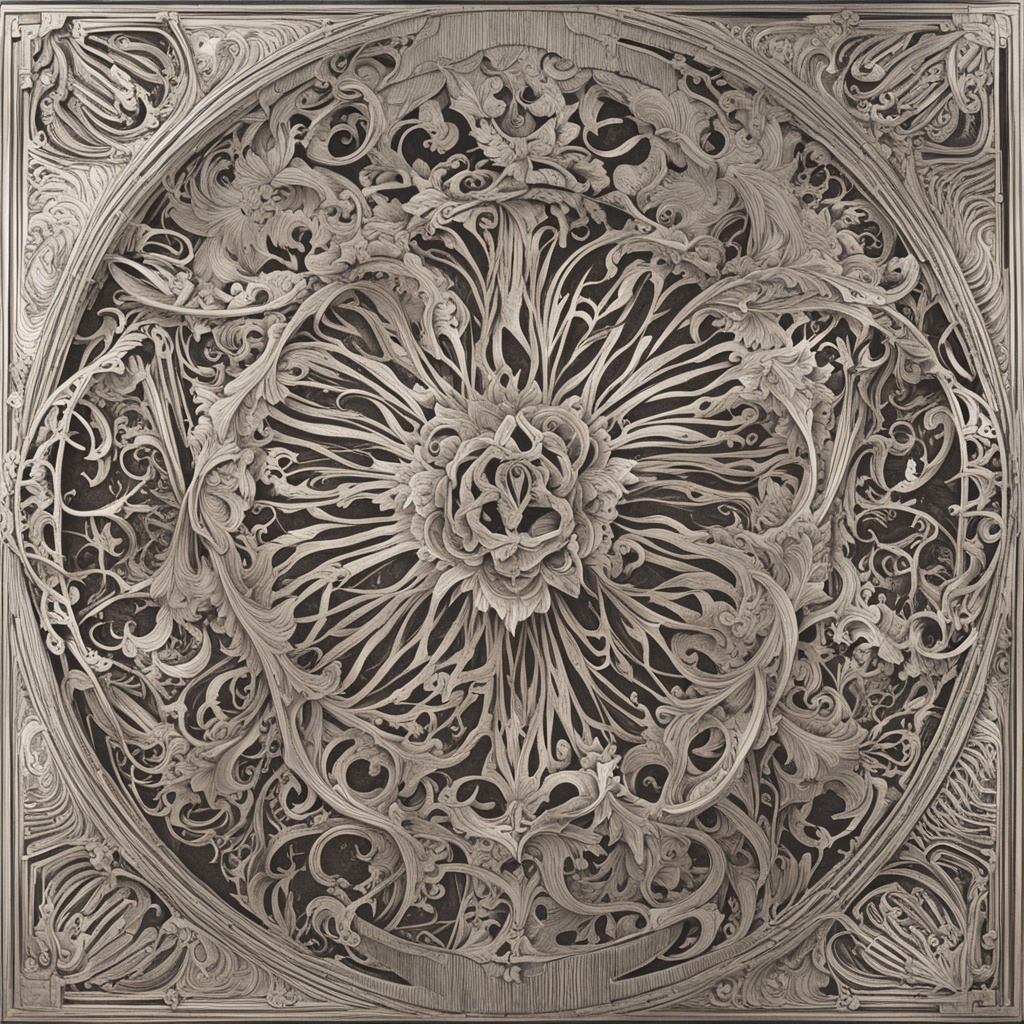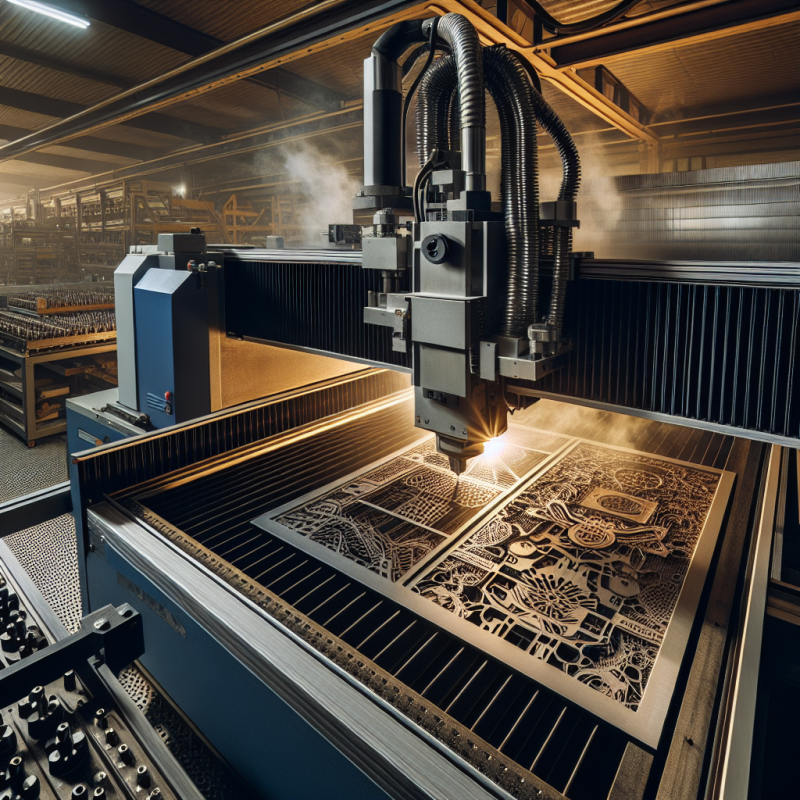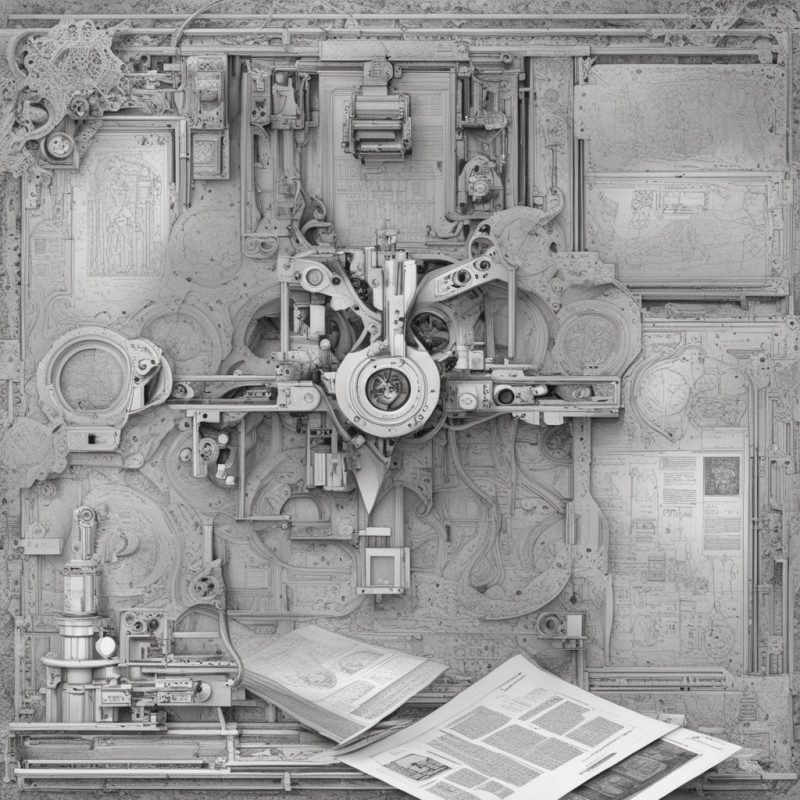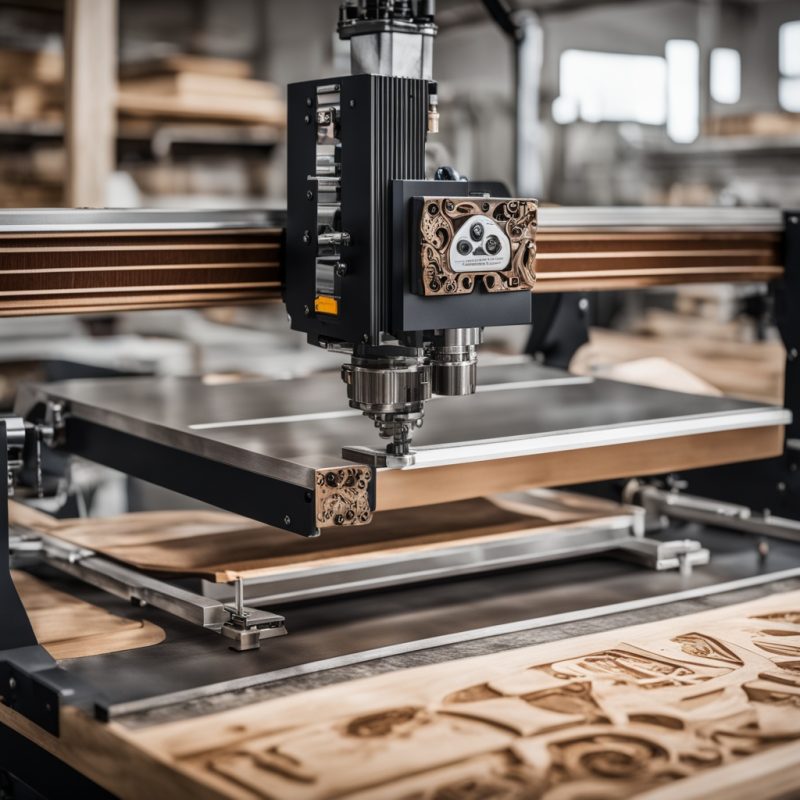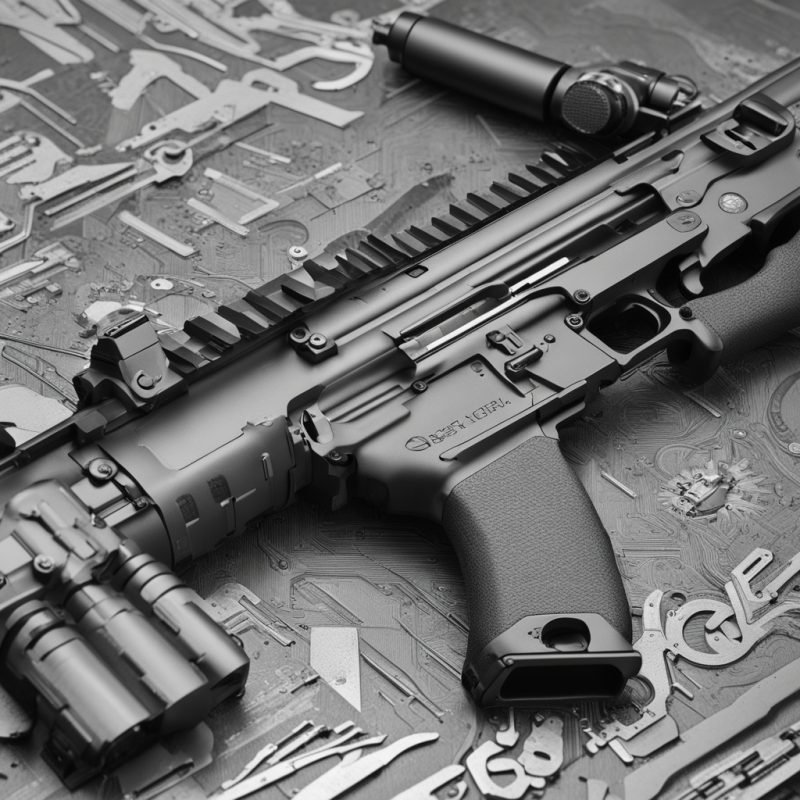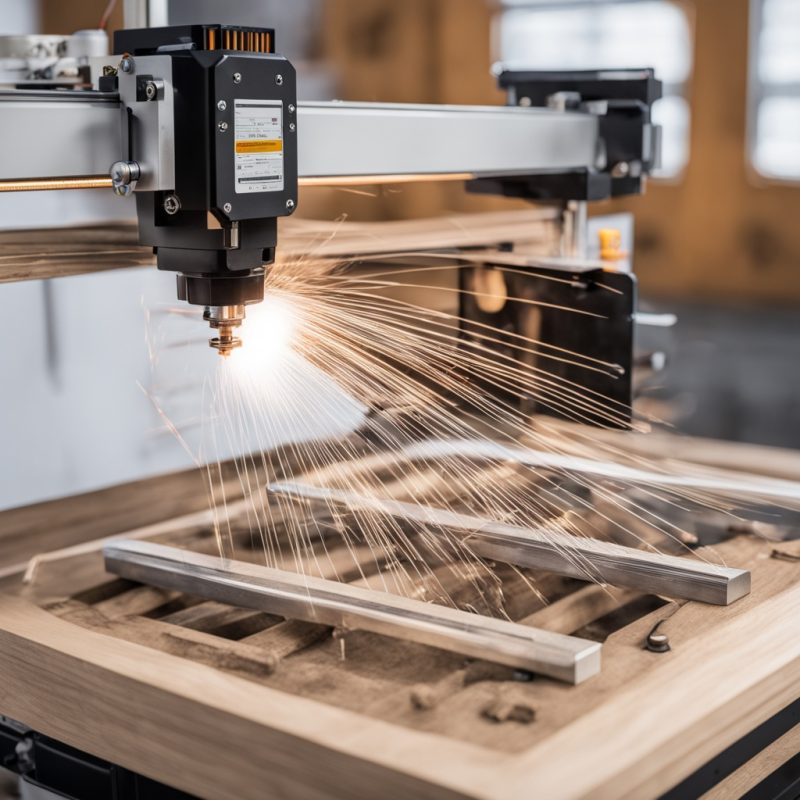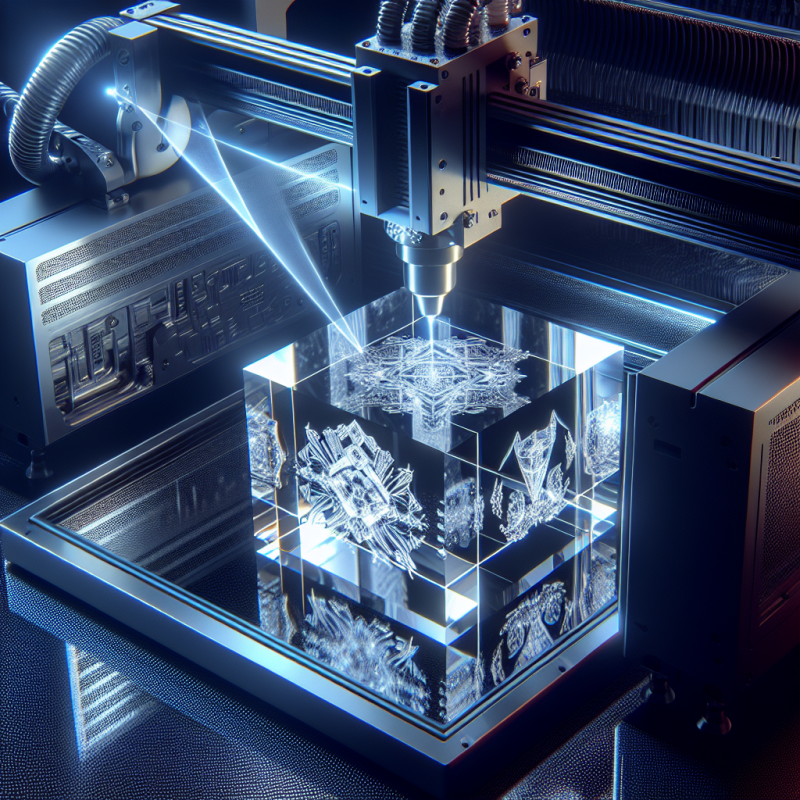Laser Picture Engraving: Unveiling the Art and Science of Laser Engraving Machines
Laser picture engraving has revolutionized the world of personalized art and industrial manufacturing. With its precision, versatility, and stunning results, this technology has become indispensable across various sectors. This article delves into the intricacies of laser engraving machines, exploring their technology, applications, specifications, material compatibility, safety considerations, industry best practices, cost-benefit analysis, maintenance tips, and exciting project ideas. Read on to discover how laser picture engraving can transform your creative endeavors or business operations.
Laser Engraving Technology and Applications
Laser engraving technology employs high-energy laser beams to create intricate designs, text, or images on various materials. The process involves focusing the laser beam onto the surface of the material, causing it to vaporize or change color, thereby creating the desired pattern. This technology offers unparalleled precision and repeatability, making it ideal for a wide range of applications.
In the realm of personalized art, laser picture engraving is commonly used to engrave photos, logos, and text onto jewelry, awards, and keepsakes. The high resolution and detail achievable with laser engraving ensure that even the finest details of a photograph are accurately replicated onto metal surfaces. Industrial applications include marking serial numbers, barcodes, and branding information onto components and products, enhancing traceability and aesthetics.
Furthermore, laser engraving is used in the creation of prototypes, custom signage, and artistic installations. Its ability to work with a diverse range of materials, from wood and leather to acrylics and glass, makes it a versatile tool for artists and designers.
Machine Specifications and Features
When choosing a laser engraving machine, several specifications and features are crucial to consider:
- Laser Power: The power of the laser beam determines the speed and depth of engraving. Higher power lasers can cut through thicker materials and achieve faster engraving speeds.
- Engraving Area: The working area of the machine determines the maximum size of the items that can be engraved. Larger machines accommodate bigger projects.
- Resolution: Higher resolution ensures finer details and clearer images. Look for machines with DPI (dots per inch) ratings that align with your project requirements.
- Software Compatibility: User-friendly software simplifies the design and engraving process. Ensure the machine comes with software that supports your file formats and design needs.
- Bed Material: The material of the engraving bed can affect the quality of the finished product. Options include aluminum, acrylic, and honeycomb beds, each with its own benefits in terms of heat dissipation and support.
The laser picture engraving machine, for instance, combines high laser power with a large engraving area and high resolution, making it suitable for a variety of applications, from delicate jewelry engraving to industrial prototyping.
Material Compatibility
Laser engraving machines are compatible with a wide range of materials, each offering unique characteristics and requiring specific settings for optimal results:
- Metals: Stainless steel, aluminum, brass, and titanium can be engraved with precision. Reflective surfaces may require special coatings to absorb the laser energy.
- Woods: Various woods, including plywood, MDF, and hardwood, respond well to laser engraving, producing beautiful contrasts between engraved and non-engraved areas.
- Plastics: Acrylics, polycarbonate, and ABS plastics can be cut and engraved, offering versatility for signage and prototyping.
- Glass: Laser engraving on glass creates frosted designs without breaking the material. This technique is popular for awards and decorative pieces.
- Leather: Laser engraving adds a touch of elegance to leather goods, from wallets to custom jackets.
Understanding the material’s properties and adjusting laser settings accordingly is key to achieving the desired results.
Safety Considerations
Laser engraving machines operate using high-energy laser beams, necessitating stringent safety measures:
- Eye Protection: Always wear laser-safe glasses when operating the machine or viewing the laser beam. Eye damage from direct or reflected laser light can be permanent.
- Ventilation: Ensure proper ventilation to avoid breathing in laser-generated fumes, especially when working with plastics and coated materials.
- Fire Prevention: Keep flammable materials away from the laser’s path and working area. Equip your workspace with fire extinguishers suitable for electrical fires.
- Software Safety Features: Utilize software features that allow you to pause or stop the laser beam instantly in case of emergencies.
Following these safety protocols is crucial to protect both operators and equipment from potential hazards.
Industry Best Practices
To maximize the effectiveness and longevity of your laser engraving machine, adhere to industry best practices:
- Regular Maintenance: Clean the lens and mirrors regularly to prevent dust accumulation, which can degrade beam quality. Inspect and replace worn-out parts promptly.
- Calibration: Periodically calibrate the machine to ensure accuracy and precision in your engravings.
- Material Preparation: Properly secure materials to prevent movement during engraving. Use appropriate fixtures and clamping methods to maintain alignment.
- Software Optimization: Utilize vector-based graphic software for clean, scalable designs. Experiment with different settings to find the optimal combination for your material and application.
By adhering to these practices, you can enhance the quality of your engravings and extend the lifespan of your equipment.
Cost-Benefit Analysis
Investing in a laser engraving machine requires a thorough cost-benefit analysis. Consider the following factors:
- Initial Cost: High-quality laser engravers can be a significant upfront investment. Weigh this against the potential for increased productivity and revenue.
- Operating Costs: Factor in consumables like lenses, mirrors, and gases, as well as electricity consumption.
- Return on Investment: Assess the potential market for laser-engraved products. Consider the added value laser engraving can bring to your offerings.
The laser picture engraving machine, with its ability to work with diverse materials and produce high-quality results, represents an excellent value proposition for businesses and artists alike.
Maintenance Tips
Maintaining your laser engraving machine is essential for optimal performance and longevity:
- Daily Cleaning: Wipe down the machine’s exterior and interior surfaces to remove dust and debris. Use compressed air to clear vents and openings.
- Lens and Mirror Care: Inspect and clean optics regularly with lens cleaning paper and solution. Avoid touching the lens or mirror surfaces directly.
- Lubrication: Apply a suitable lubricant to moving parts, such as guides and bearings, to reduce friction and wear.
- Firmware Updates: Regularly check for and install firmware updates to ensure your machine runs the latest software features and improvements.
By incorporating these maintenance practices into your routine, you can keep your laser engraving machine running smoothly and efficiently.
Project Ideas and Tutorials
To inspire your creativity and showcase the versatility of laser engraving, here are some exciting project ideas and tutorials:


